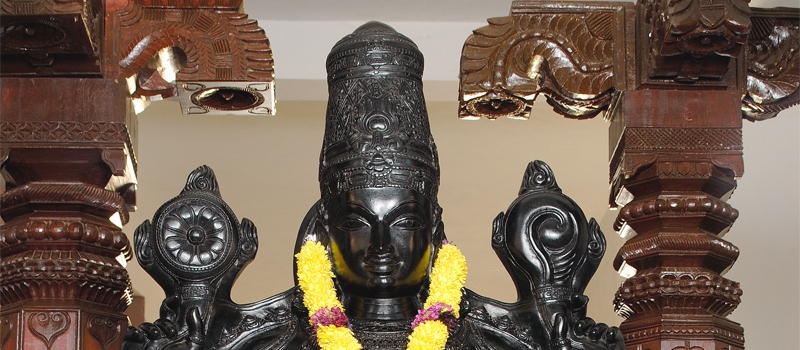
The legend of Dhanvantari
Everytime you enter an Ayurveda hospital or a college, you would find the Dhanvantari statue guarding and beautifying the entrance. We know him to be the symbol of Ayurveda, but ever wondered about the context of it?
The history of Dhanvantari being the face of Ayurveda trails back to the story of Samudra Manthan, or the churning of the ocean narrated in the Bhagavata Purana. When the Gods and the demons churned the ocean using Vasuki and Mount Mandara, it was Dhanvantari who emerged from the ocean holding a pot of ‘Amrita’ or the elixir of immortality. He was known to be the ‘physician of the Gods’, capable of healing any form of illness; which is why he is immortalized and idolized by the practitioners of Ayurveda even today.
The idol of Dhanvantari is also symbolic of the aspects of spirituality and mental dimensions involved in Ayurvedic healing. The transcendental idea of the body being just more than flesh is connected, in intricate ways, to the ancient beliefs of Indian scriptures of which Dhanvantari is also a part. Even today, most students and practitioners who ardently pursue Ayurveda claim that the symbol of Dhanvantari offers a sensation that is transcendental in nature, thus enabling them believe in the theories and attributes of Ayurveda and eventually successfully implement them.
Seen in the picture is the divine form in which Dhanvantari drives the Ayurvedic practices and healings at SDM College of Ayurveda.


